Continuing a series that shines the light on some of the biggest changes and hot topics for F1's 'new era' of competition, RacingNews365.com's Dieter Rencken runs through the aerodynamic test restrictions.
Aerodynamic test restrictions explained
Formula 1 faced a conundrum when the FIA and commercial rights holder F1 sought to spice up the 'show' via some or other form of overt success 'handicap' – reverse grids are too obvious and were given a massive thumbs-down by even casual fans; lead ballast is potentially dangerous should weights come loose, plus such handicaps are readily quantified and flying piles of leaden blocks across the world is hardly 'green'…
Thus, given that aerodynamic development is crucial to car performance - by certain estimates a 50% differentiator - some form of wind tunnel test restrictions was proposed and decided upon. Under the agreed aerodynamic test restrictions (ATRs), teams are given fewer or additional wind tunnel runs (or equivalent in computational fluid dynamics processing) depending upon their Constructors’ Championship positions.
Call it aerodynamic 'ballast' - if you like - in that the cars are 'weighed down' by fewer runs the higher up the championship order they are at the end of two six-monthly reporting periods, namely 30 June and 31 December. During 2021, the basic run allowances varied by as much as 25%, with revisions for 2022-25 bumping that up to a 45% delta between championship leader and tailender.
The restrictions had, though, limited effects on last year's cars due to a) the narrow delta, and b) 2021's cars being effectively rolled-over versions of previous designs - imposed due to Covid-enforced cost-cuts - and most teams switched focus to their new cars earlier than usual due to the vastly different 2022 'new era' regulations. Still, Red Bull, as leader of 2021's title fight as at 30 June, suffered aerodynamically thereafter.
How the ATRs affect each F1 team
The ATRs are divided into six periods of average eight weeks - three each per half-year - with 40 runs per week equating to 100%, in turn translating to 320 runs per six-month block. The following table, based on 320 runs, illustrates the varying 2021 versus 2022-25 'ballast' percentages, and the impact of prevailing percentages on run allowances:
2021 versus 2022-25 'ballast' percentages
| Ranking | 2021 percentage | 2022-25 percentage | 2022 allowance (320 runs = 100 percent) | Present incumbent |
|---|---|---|---|---|
| 1 | 90 | 70 | 224 | Mercedes |
| 2 | 92.5 | 75 | 240 | Red Bull |
| 3 | 95 | 80 | 256 | Ferrari |
| 4 | 97.5 | 85 | 272 | McLaren |
| 5 | 100 | 90 | 288 | Alpine |
| 6 | 102.5 | 95 | 304 | AlphaTauri |
| 7 | 105 | 100 | 320 | Aston Martin |
| 8 | 107.5 | 105 | 336 | Williams |
| 9 | 110 | 110 | 352 | Sauber |
| 10+ | 112.5 | 115 | 368 | Haas |
Clearly, then, front runners are hit commensurately harder than teams down the order, with P10 enjoying 144 more runs - almost four weeks' worth - over P1, a huge advantage for smaller teams, particularly given most, if not all, have considerably more budget this year due to F1's more equitable revenue structure under the new Concorde Agreement.
The difference in CFD calculations is equally stark: 1400 RCFDs for Mercedes versus 2300 for Haas, where RCFD unit values are arrived at via typically complex permutations based on processing capacity. Given the aero-centric nature of the 2022 regulations, which feature pared-back wings and underbody venturis, this delta could prove highly significant.
Crucially, though, these allowances are set to change after 1 July given uncertainties over the true impact of the revised technical regulations, which were, after all, designed to tighten the field, if not (yet) change the pecking order. In the not so unlikely event one or more front-runners get the 'new era' partially or even totally wrong and, say, Williams susses it, individual allowances could change rather dramatically in June.
Possible performance benefits are significant
What do the allowances mean in real terms? Last August, Ferrari team principal Mattia Binotto estimated the team's 2020 P6 ranking provided a gain of one 40-run session during the first six-month block, quantified as being, "Less than 0.1 seconds per lap, so yes, it is certainly an advantage," adding: "We don't believe that's a game-changer."
Maybe so in 2021 - but consider the wider spread of allowances for this year, where the gap has effectively doubled down the order. Thus, the ATR and CFD allowances permitted for P6 could equate to around 0.2 seconds and 0.3 seconds for ninth and tenth places respectively - significant lap time clawbacks if the racing is as tight as predicted, and hence F1's bullishness that the 'show' will improve markedly.
Indeed, so significant are the possible performance benefits of gaining a higher allowance that tactics could well come into play as the end of each reporting period nears - particularly the 30 June cut-off, unlike 31 December not a prize money cut-off point - with teams potentially instructing drivers to hold station in order to maintain (or even drop) a place in order to benefit during the next six-month ATR block.
While the concept of ATR performance ballast is far from ideal - and gimmicky to many fans - it is the least offensive of the many options that had been considered, and if ATRs do deliver closer racing or change the order, so much the better given that marginalised teams are able to claw back any losses during the next six-month block, in turn providing an element of redress.
Also interesting:
F1 Podcast: Why F1 2022 could be the most exciting season ever
With huge changes being made to the F1 rule book for 2022, our journalists Dieter Rencken, Mike Seymour and Thomas Maher look ahead to the new season.
Don't miss out on any of the Formula 1 action thanks to this handy 2026 F1 calendar that can be easily loaded into your smartphone or PC.
Download the calenderMost read
In this article
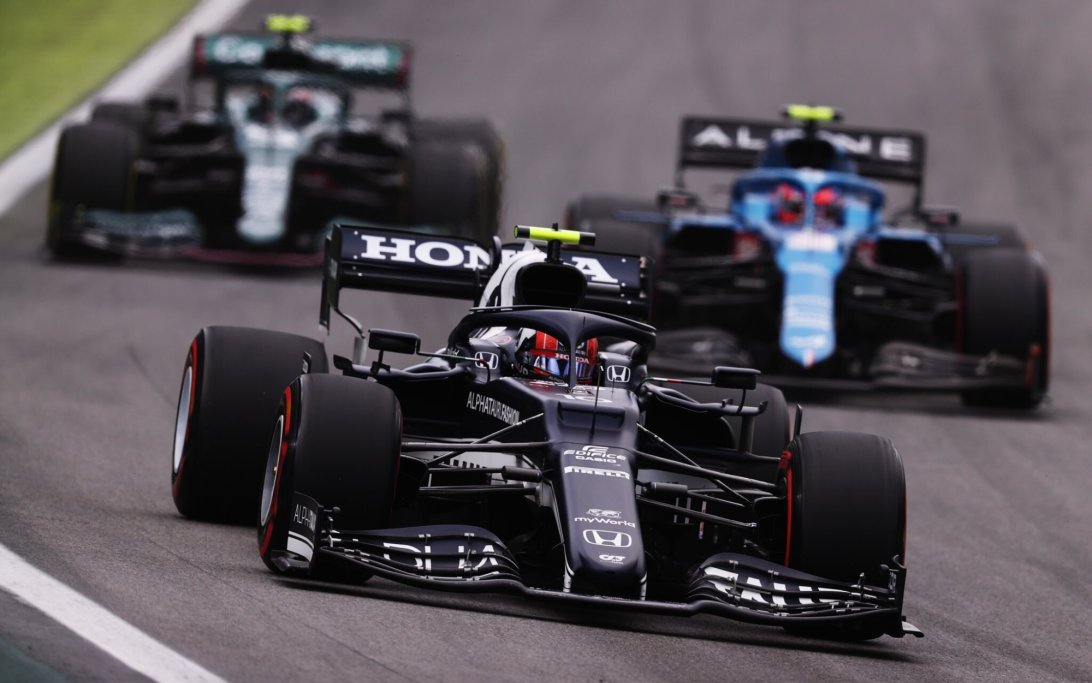
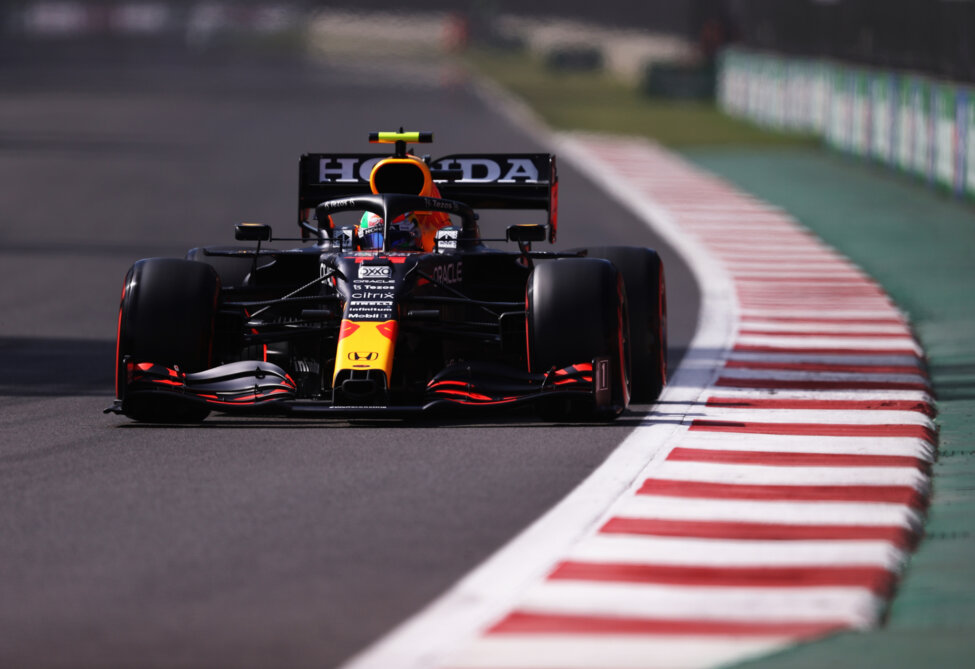
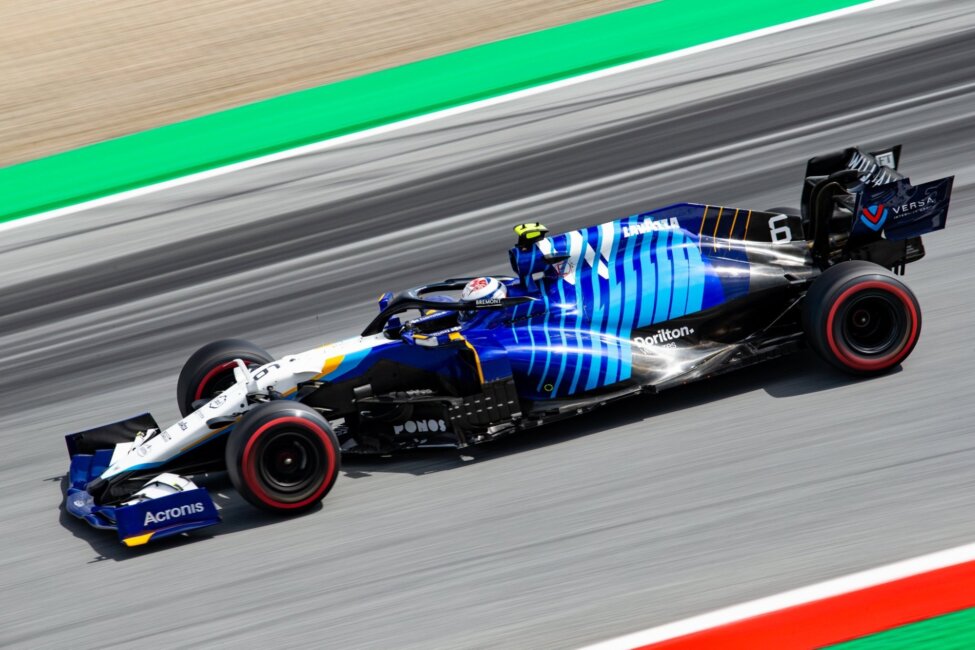


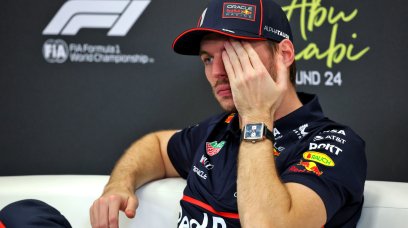
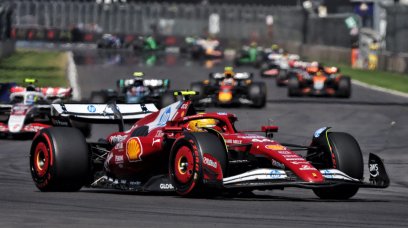
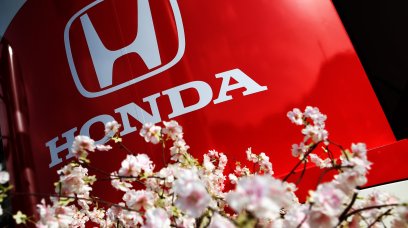
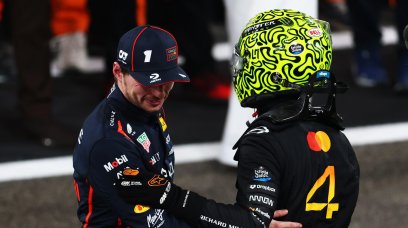


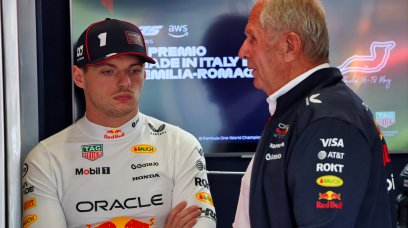
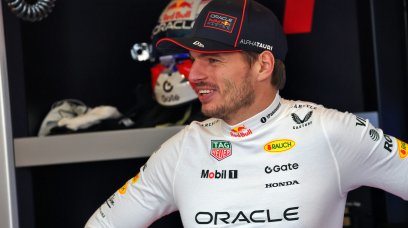

Join the conversation!